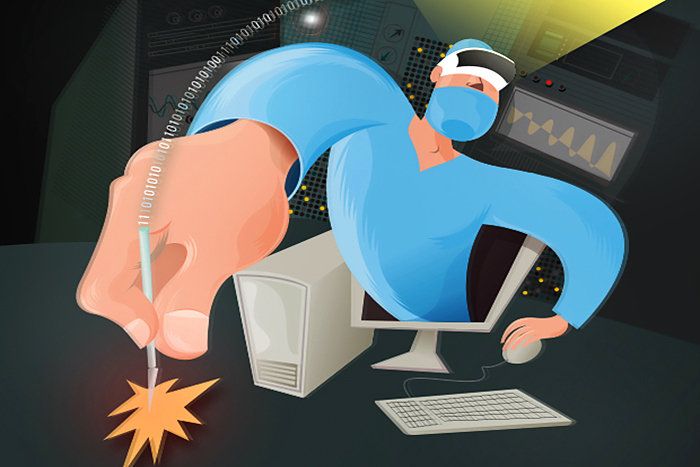The NHS is embracing change, schemes like the Clinical Entrepreneurs Training Programme and the Innovators Mentorship Programme are enabling the development of innovative approaches created by the users and care providers of the NHS. After all no one knows your job better than you and you are more than familiar with the frustrations and opportunities to make improvements. There is increasing recognition of the importance change management and up skilling staff to embed innovation but there is an under appreciation of the time and effort this takes and it’s essential to have capacity to do this.
One area that continues to be ignored which could significantly impact uptake of innovation and and reduce frustration is improving the range of business models for companies that engage with the NHS. Like processes optimisation and staff training business models is one of the key aspects required for an innovation to be successful. But also like process optimisation and training, business models fails to grab headlines. In fact the mention of business models will have people closing articles like this or switching off. However enabling a variation in business model is essential to support healthcare systems - they can be fundamental to enabling an innovation to be successful and accessible. Care providers need products and services that are reliable, high quality, assured and sustained - a successful business model can still be ethical but must balance financial impact with societal impact.
The fallacy of sunken costs
Prevailing business models within healthcare systems like the NHS incentivise one off purchases of equipment. This means we soon find ourselves with outdated equipment that (at best) we’ve dripped resources into to keep the kit hobbling along. But even with this patch up computers get slow and fail and software is no longer supported (1M PCs in the NHS are still using Windows 7 released in 2009 some are still on Windows XP!) The cost of upgrading all these systems is substantial compared to the drip feed investment to keep systems going but it holds back change. What is needed is a rolling iterative approach to upgrading and maintain equipment and systems to ensure the best and up to date equipment is available at affordable consumer prices. This doesn’t mean everything needs to be upgraded on an annual basis but instead a more nuanced approach combining several factors. This would include considering the rate of technology change with the anticipated lifespan of a piece of equipment to calculate what would be a reasonable refresh rate. By reasonable refresh rate we want to balance access to the best equipment for the job while not causing unnecessary increase in cost to the system.
Make it (sn)appy
The concept of the app store is well established in the consumer space. The mechanism provides an easy approach to accessing software which has been validated and has reassurances. Could an app store like distribution model help to open access to new functionality in NHS IT systems in a way that avoids vendor lock-in i.e. such an app store would need to be available across all systems and with the same agreed standards and structured information to enable apps to be swapped. This is hardly a novel idea and some IT system providers have built in app libraries for patient facing apps. But we don't have apps stores for healthcare professionals backed with standards to enable interoperability across systems and avoid lock-in. The app store mechanism would work best if it links together the reassurance provided across regulation, evidence and efficacy - CQC, MHRA, NICE and the Ethical Code.
A system while improving availability and convenience an app store also makes business models like the freemium model possible. Freemium is an approach that provides free to use software that has limited or basic functionality or limited number of uses. Freemium has been critisied but it does provide users with a low risk approach to trying software without commitment and procurement. However it would still need to be evidenced and have a safe sandboxed virtual environment that doesn’t touch clinical systems to be tested with low risk. Unfortunately freemium requires the ability to purchase additional functionality which is not possible in current NHS procurement frameworks.
A nuanced approach with flex
Healthcare systems like the NHS lack the diversity of business models that are required to improve take up of technologies by improving convenience and enabling low risk approaches to trying new tools. There are potential models already well established in the consumer setting but for the NHS there also needs to be a clear process that is fair, open and transparent. Introducing new business models could help to alleviate the frustrations with out of date systems but also risks increasing costs through premature renewal of equipment and software. For this reason business models need to be nuanced to examine and take into consideration the lifespan of equipment and the rate of improvement of the required functionality to ensure the most appropriate upto date equipment is used in care provision.
Enjoyed this post? Get in touch Twitter or LinkedIn to share your thoughts!

